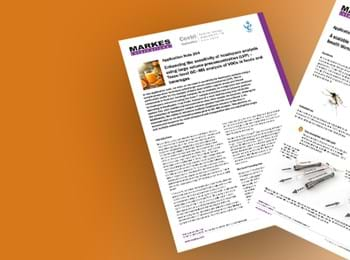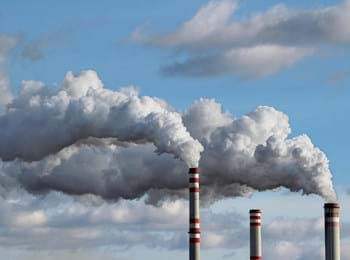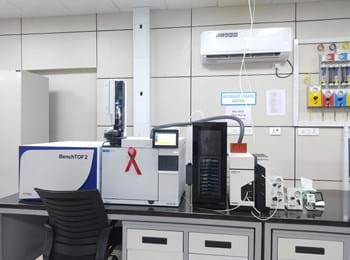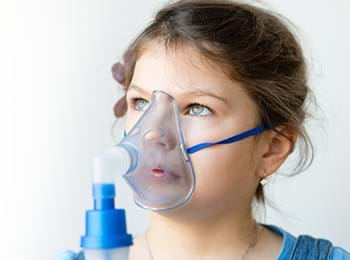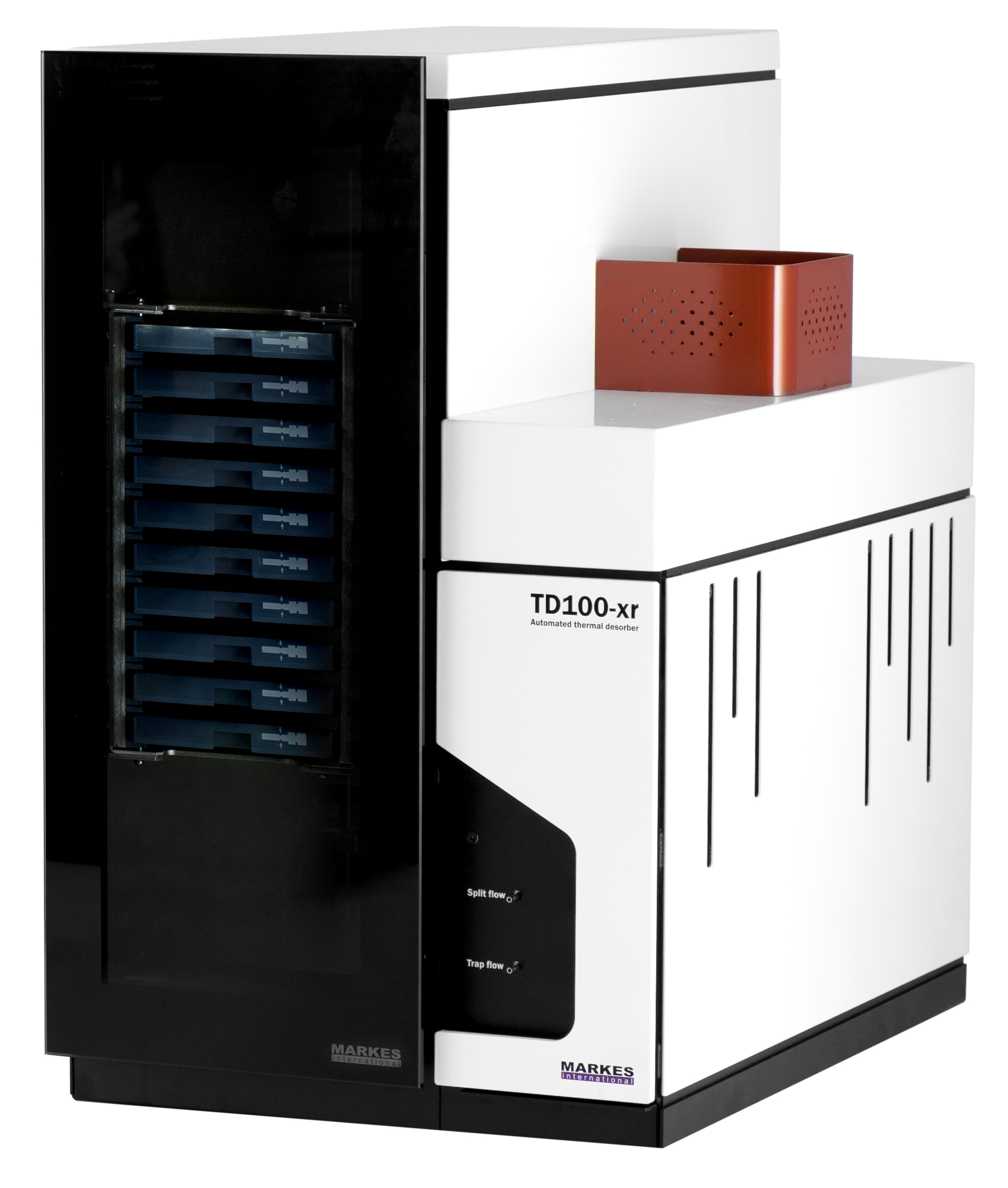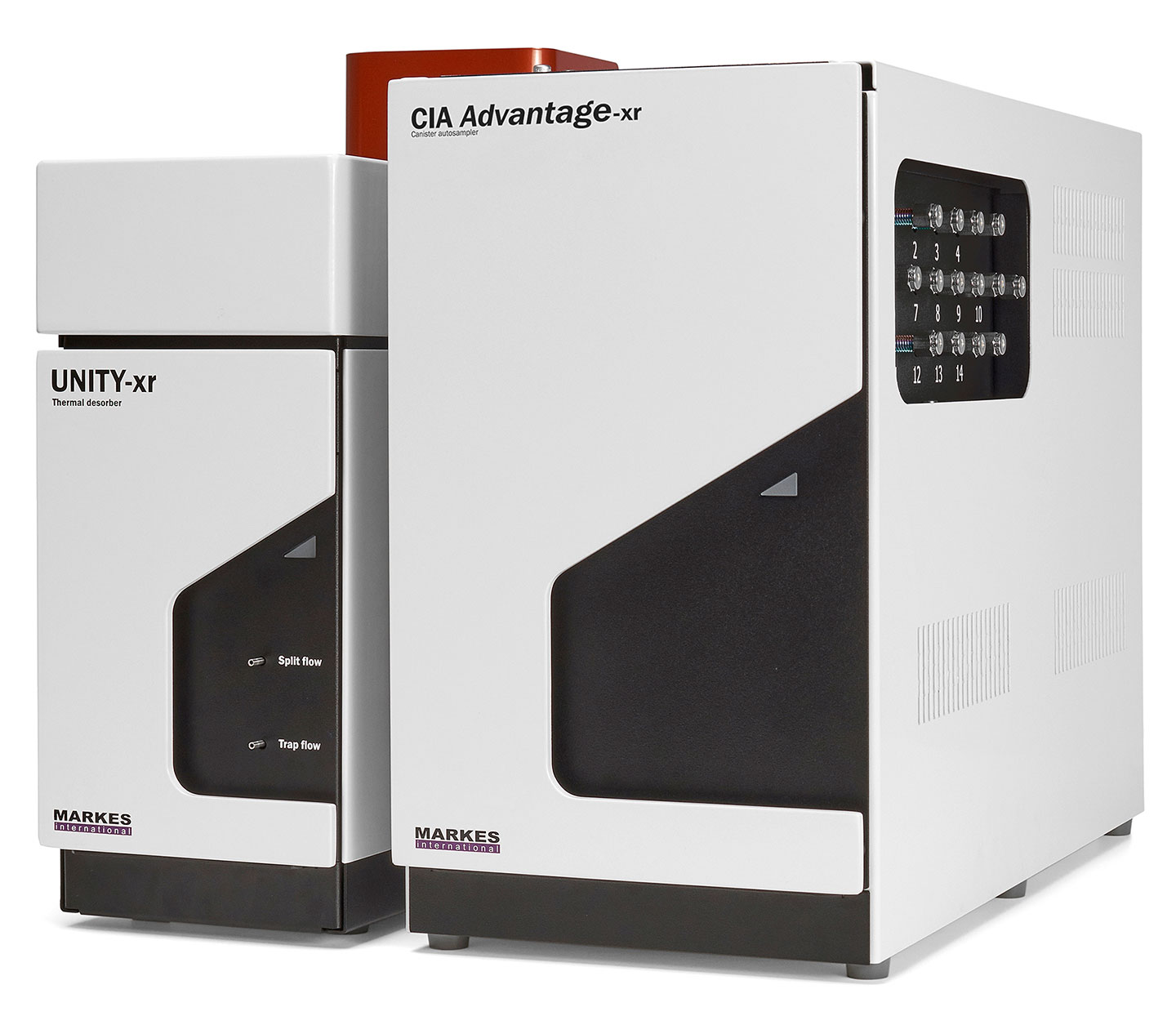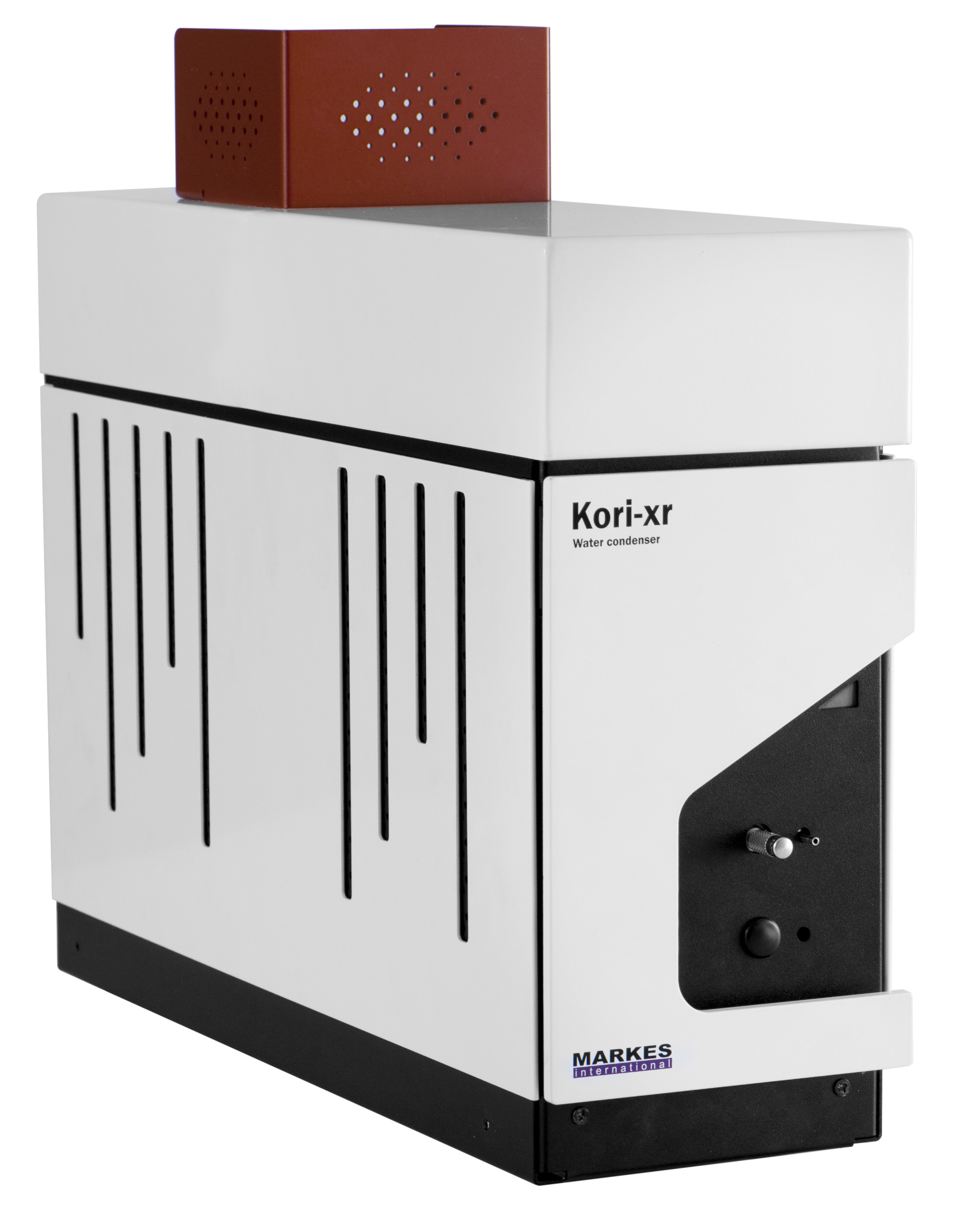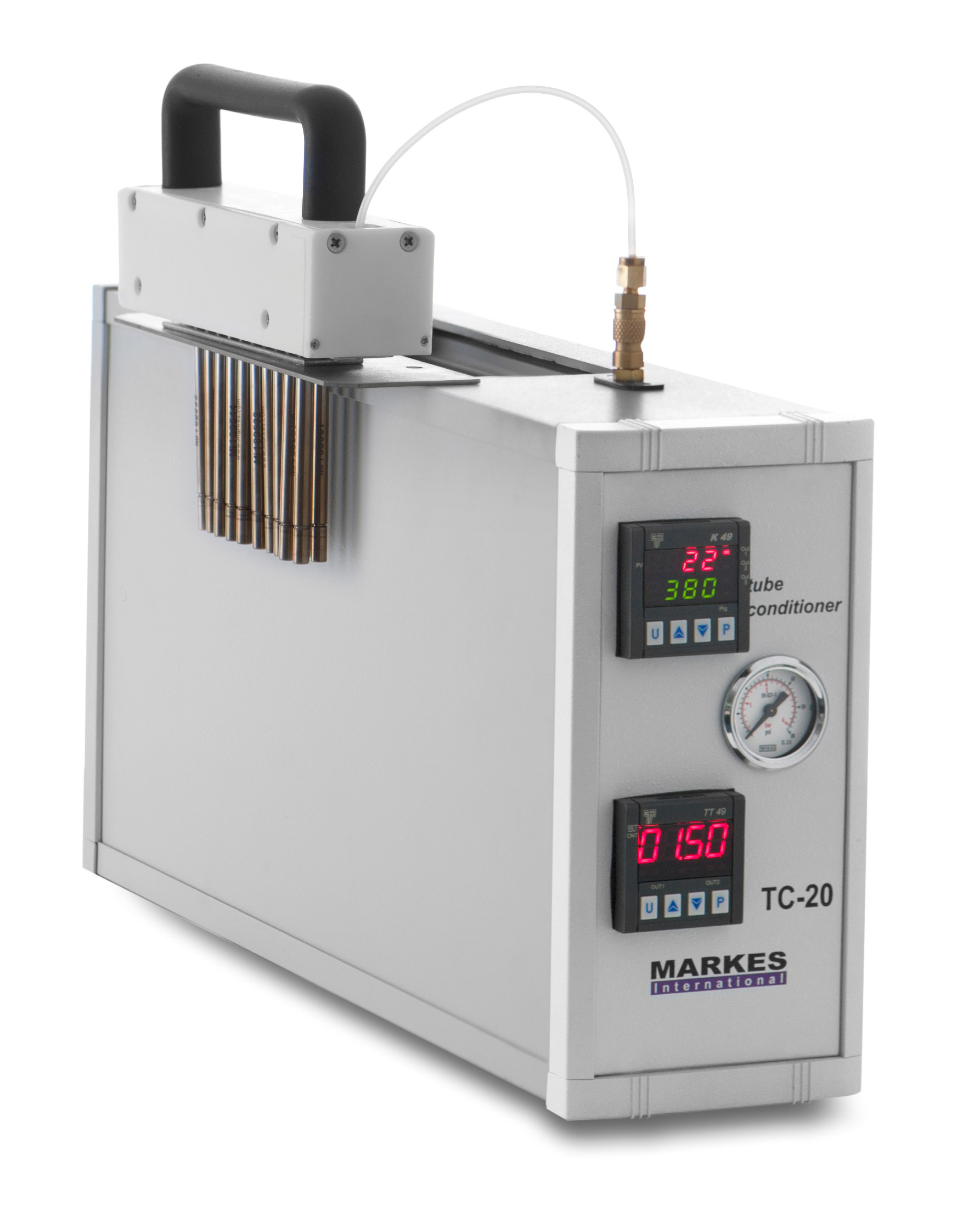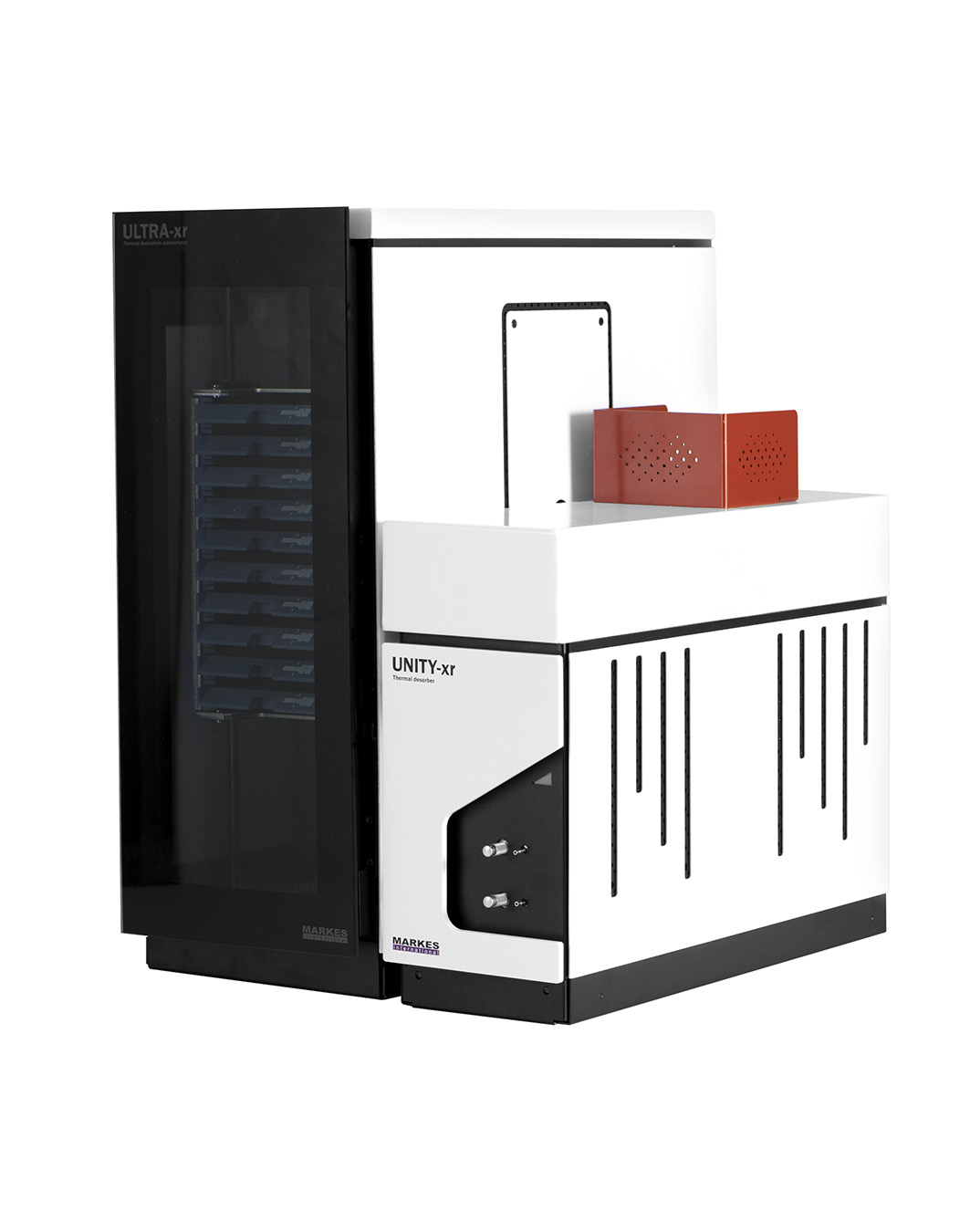Also known as ‘hazardous air pollutants’ (HAPs), ‘air toxics’ span a range of volatilities and polarities, and are monitored in many industrial and urban environments as a measure of air quality.
What are air toxics?
Volatile (vapour-phase) organic ‘air toxics’ range in volatility from methyl chloride and propene to hexachlorobutadiene and the trichlorobenzenes, and include polar as well as non-polar compounds.
Analyte lists for monitoring of air toxics have changed little since the methods were developed, but moves are now underway to broaden the analyte scope, to include ultra-volatile species – such as ethylene oxide and vinyl chloride – as well as oxygenates and terpenes.
How to monitor air toxics
The two popular and well-validated methods, both used in conjunction with GC, are:
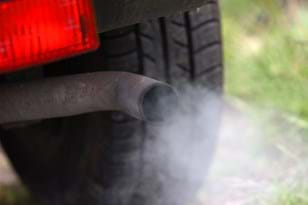 Pumped sampling onto sorbent tubes – This is a versatile option for air monitoring. Up to three sorbents can be used within a single tube, allowing compounds from C2 to C44 (and reactive species) to be monitored.
Pumped sampling onto sorbent tubes – This is a versatile option for air monitoring. Up to three sorbents can be used within a single tube, allowing compounds from C2 to C44 (and reactive species) to be monitored.- Canister sampling – This option remains popular for monitoring many airborne VOCs, including some ultra-volatile freons and hydrocarbons that cannot be quantitatively retained on sorbent tubes at ambient temperatures. Water management with canister methods can be more challenging, but modern trap-based systems for removing water are now overcoming the difficulties associated with traditional techniques.
There are inherent advantages and disadvantages to both tubes and canisters, and deciding which to use to monitor air toxics can involve consideration of a number of factors. These include volatility range and expected concentration, as well as reasons of historical investment.
Sampling and analysis of air toxics
Air toxics are routinely monitored using two TD–GC–MS methods developed by the US EPA, with equivalents developed under the Chinese HJ system. A recent Chinese method (the ‘117-compound method’) requires a modified analytical system because of the very wide analyte range.
Standard methods used for monitoring air toxics
Method TO-17 involves pumped sampling onto sorbent tubes, followed by TD–GC–MS analysis.
US EPA Method 325 defines a procedure for sampling and analysis of benzene and other VOCs at refinery fencelines, and requires two-week passive monitoring.
The conditions of this method closely mirror those of US EPA Method TO-17.
The long-established canister Method TO-15 is currently undergoing review, with a view to extending the analyte scope to include oxygenated compounds, under ‘TO-15A’.
The conditions of this method closely mirror those of US EPA Method TO-15.





